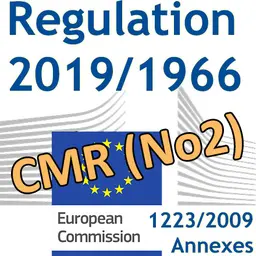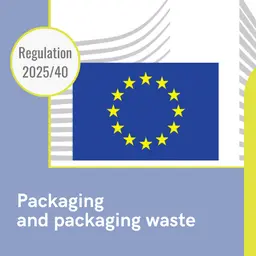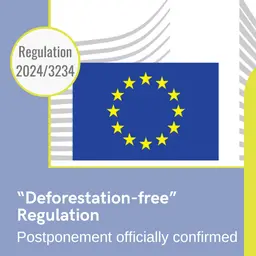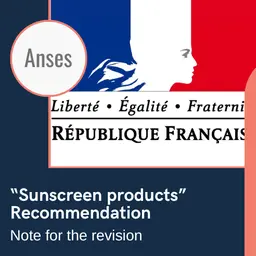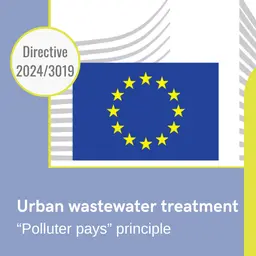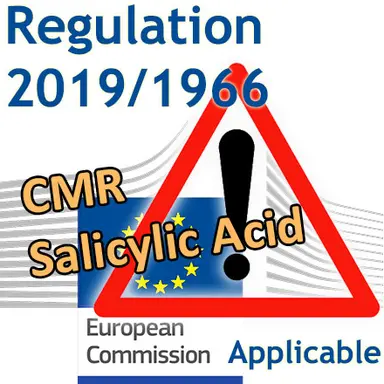
Published in the Official Journal of the European Union on 25 November 2019, Regulation 2019/1966 came fully into force on 1 May. This second text intended to formally regulate substances recently classified as CMR adds around 30 ingredients to Annex II (prohibited substances) of Cosmetics Regulation 1223/2009 and restricts the conditions of use of salicylic acid and its salts.
Regulation 2019/1966 deals with substances classified as CMR (Carcinogens, Mutagens, toxic to Reproduction) by Regulation 2018/1480, which amended the CLP Regulation in October 2018.
All of them are included in Annex II of the Cosmetics Regulation and are now banned from use, with the exception of salicylic acid and its salts, which have been exempted from prohibition despite being classified as CMR 2.
Their conditions of use are nevertheless significantly restricted.
The new regulation for salicylic acid
• Authorized as a preservative at a maximum concentration of 0.5% (as acid), except for oral products and in applications that could result in exposure of the end user’s lungs by inhalation.
• Authorized as a non-preservative in rinse-off hair products at a maximum concentration of 3.0% and in other products except body lotions, eye shadows, mascara, eyeliners, lipsticks and roll-on deodorants at a maximum concentration of 2.0%.
• Prohibited in applications that could result in exposure of the end user’s lungs by inhalation..
• Prohibited in products intended for children under 3 years of age, except in shampoos for its salts when used as an active ingredients.
Regulatory obligations
It is the responsibility of manufacturers and Responsible Persons to take all appropriate …

